The concept of the Whitney Museum was birthed by a woman by the name of Gertrude Vanderbilt, aunt and adoptive mother of Gloria Vanderbilt who is the mother of Anderson Cooper. She was born into fame on January 9, 1875. With her lavish life, she financially wanted for nothing. But as she grew, she fell in love for the first time; with art. She loved sculptures and began to make her own. But a woman sculpting three-dimensional human figures was a radical concept in that era. Regardless of popular conception she studied at the Art Students League of New York, which was a prominent school for artists, in order to further develop her sculptural technique.
She married her Husband, Harry Whitney, on August 25, 1896. She was only 21 years old at the time. She wanted to marry someone that came from a wealthy family since that was the only way she would be certain that her spouse was not only in the relationship for her money. Harry Whitney was a descendant to Eli Whitney, inventor of the cotton gin. He was also a lawyer, horse-breeder, and heir to his family’s estate. The Whitney’s eventually had three children, biologically, within their time together until he unfortunately died in 1930; he was only 58 years old.
In 1914 the Whitney’s bought a studio which now resides in Greenwich Village. She, along with other artists, worked on their art and lived within those walls. The Rowhouses were built in the year of 1838 and then renovated into one big studio/residence by Auguste L. Noel. They commissioned him to merge three town-homes into one, giving respective spaces to each artist. In 1918 they also commissioned Robert Winthrop Chanler to redesign the interior of the building. He was responsible for a very artistic approach to a studio that had stained glass adorning the windows, a fireplace that was blazoned with bronze wispy flames that crept 20 feet up the wall touching the ceiling which was filled with mystical characters. It was a part of the Greenwich Village Historic District which was established in 1969 and it was later acknowledged as a National Historical Landmark in 1992 which ultimately saved it from being demolished.
The Whitney Museum moved four times in the concept’s lifetime, consecutively outgrowing itself. Tune in next week to see the next home that housed this beautiful and innovative idea of Art.
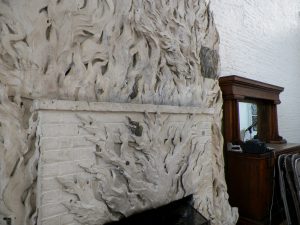
A fireplace sculpted to resemble fire. The twirls and fury of the flames creep all the way up the chimney and extinguishes onto the ceiling.

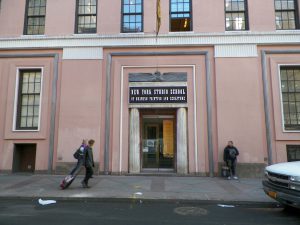
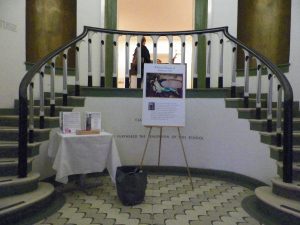
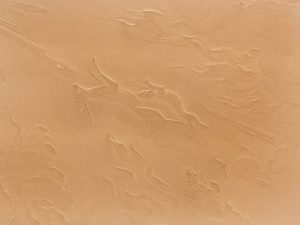
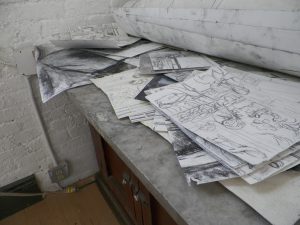
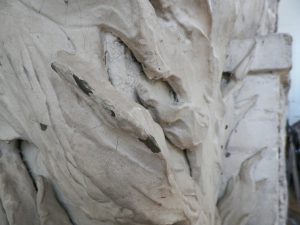
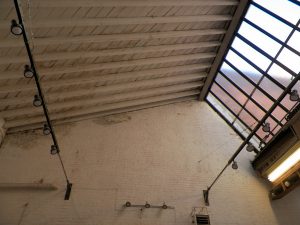
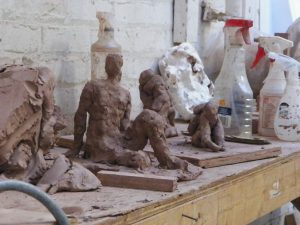
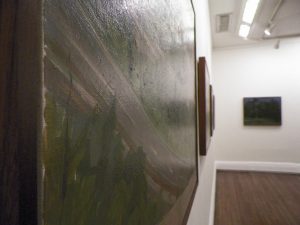

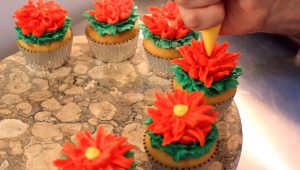
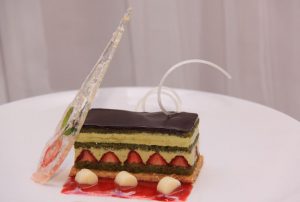
 Stanimir karamihaylov
Stanimir karamihaylov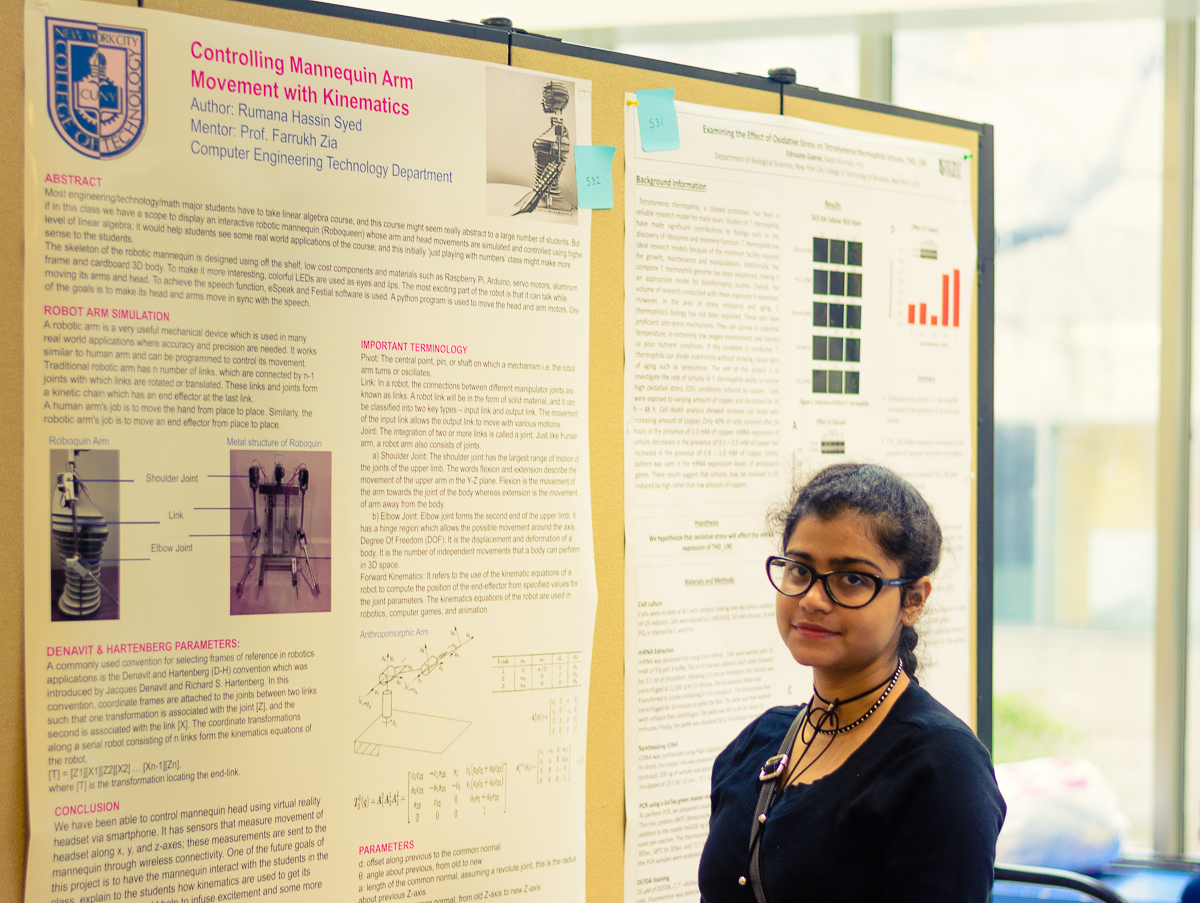 Rumana Hassin Syed
Rumana Hassin Syed

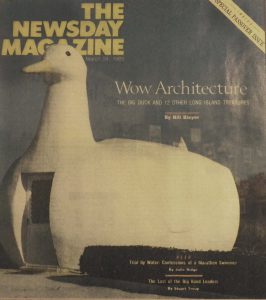
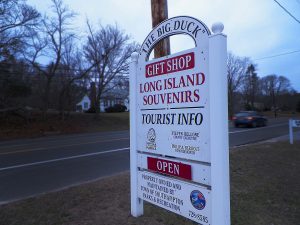
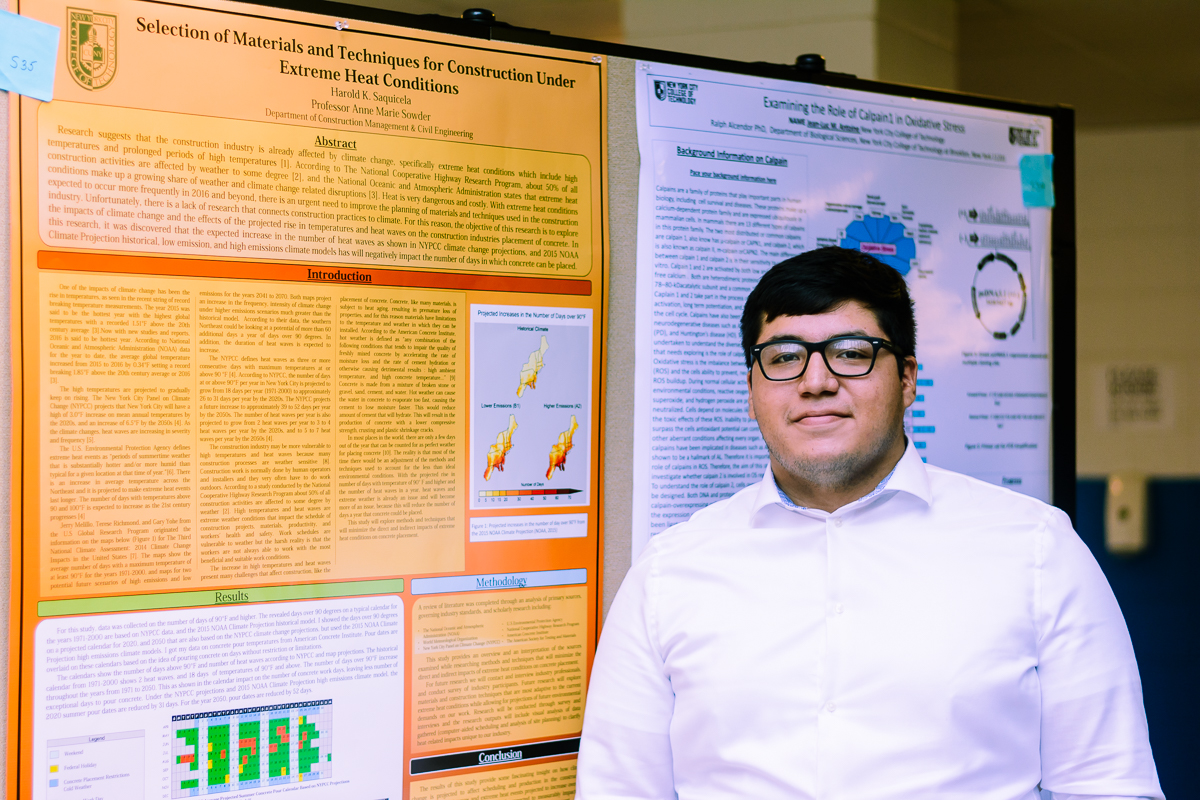

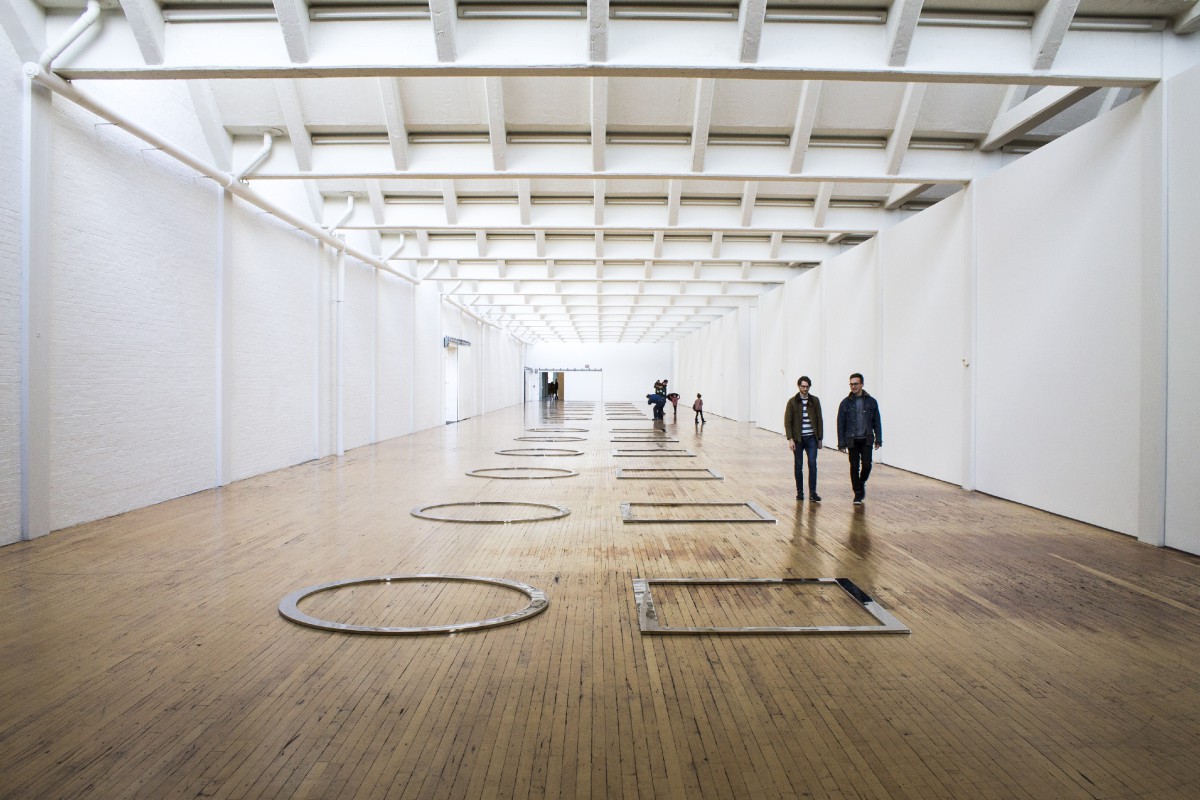
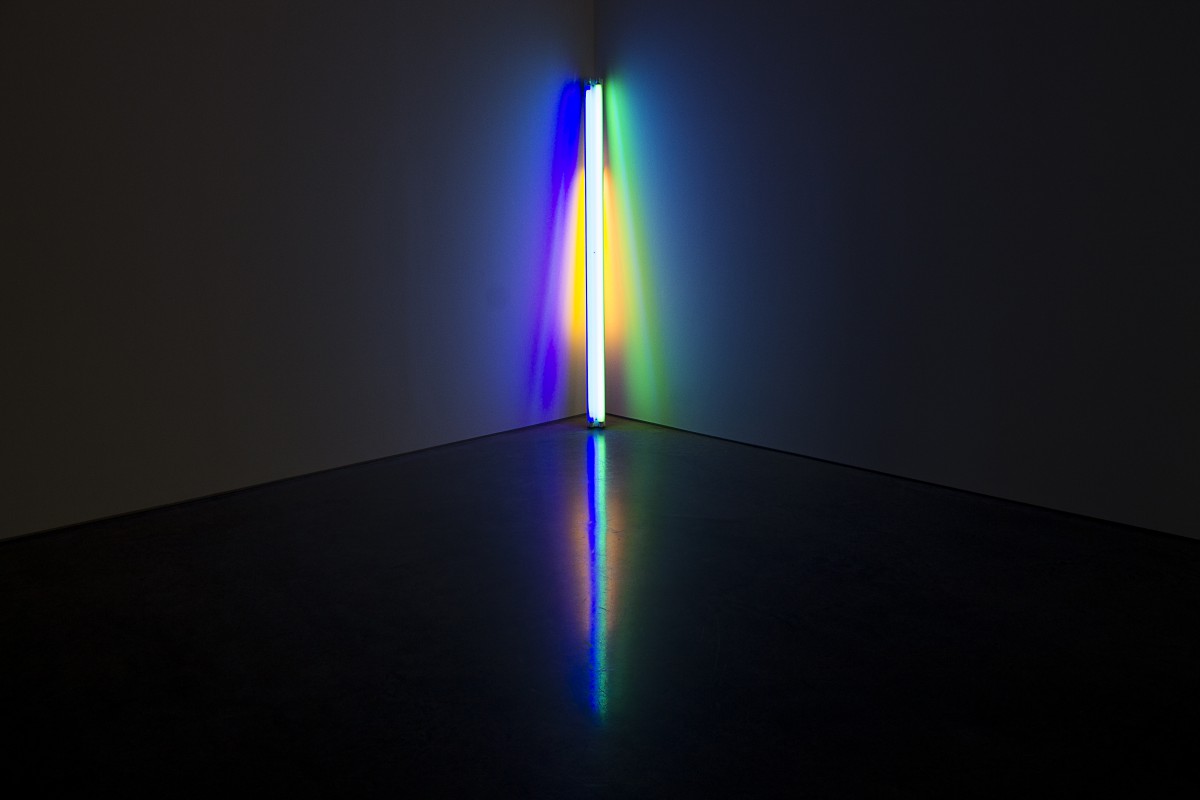
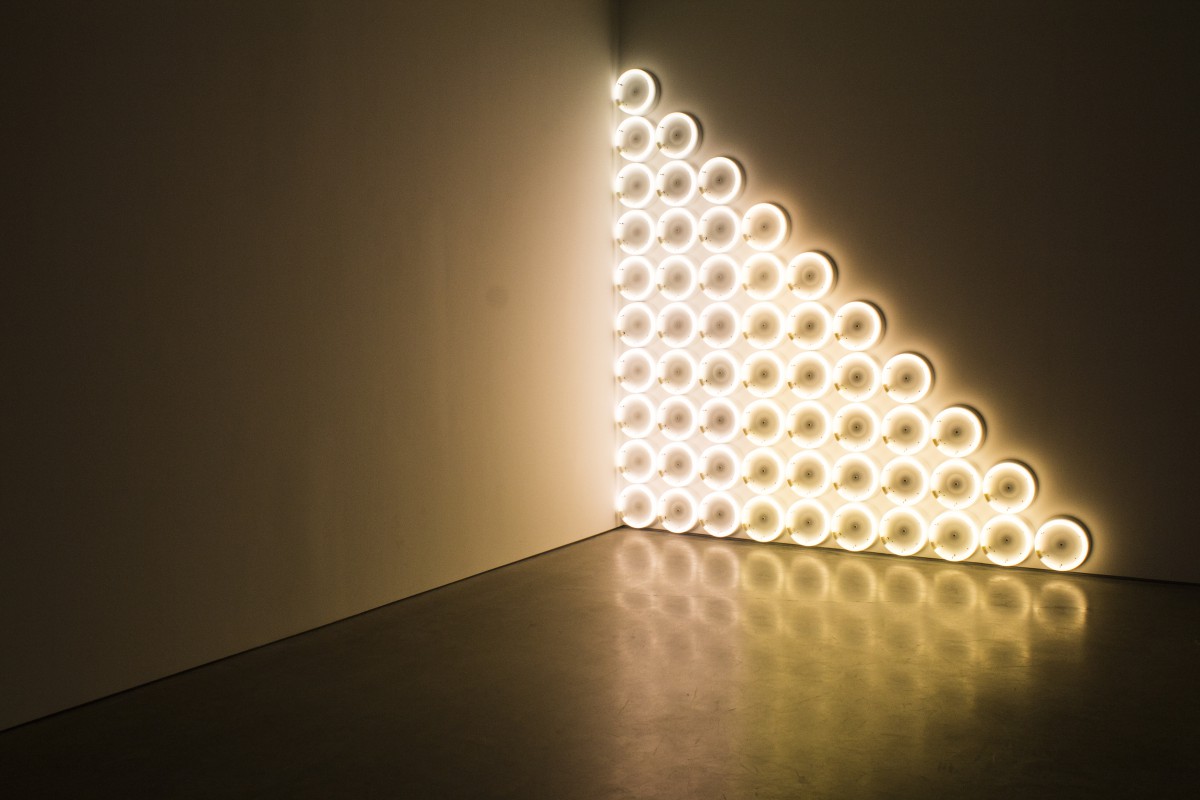


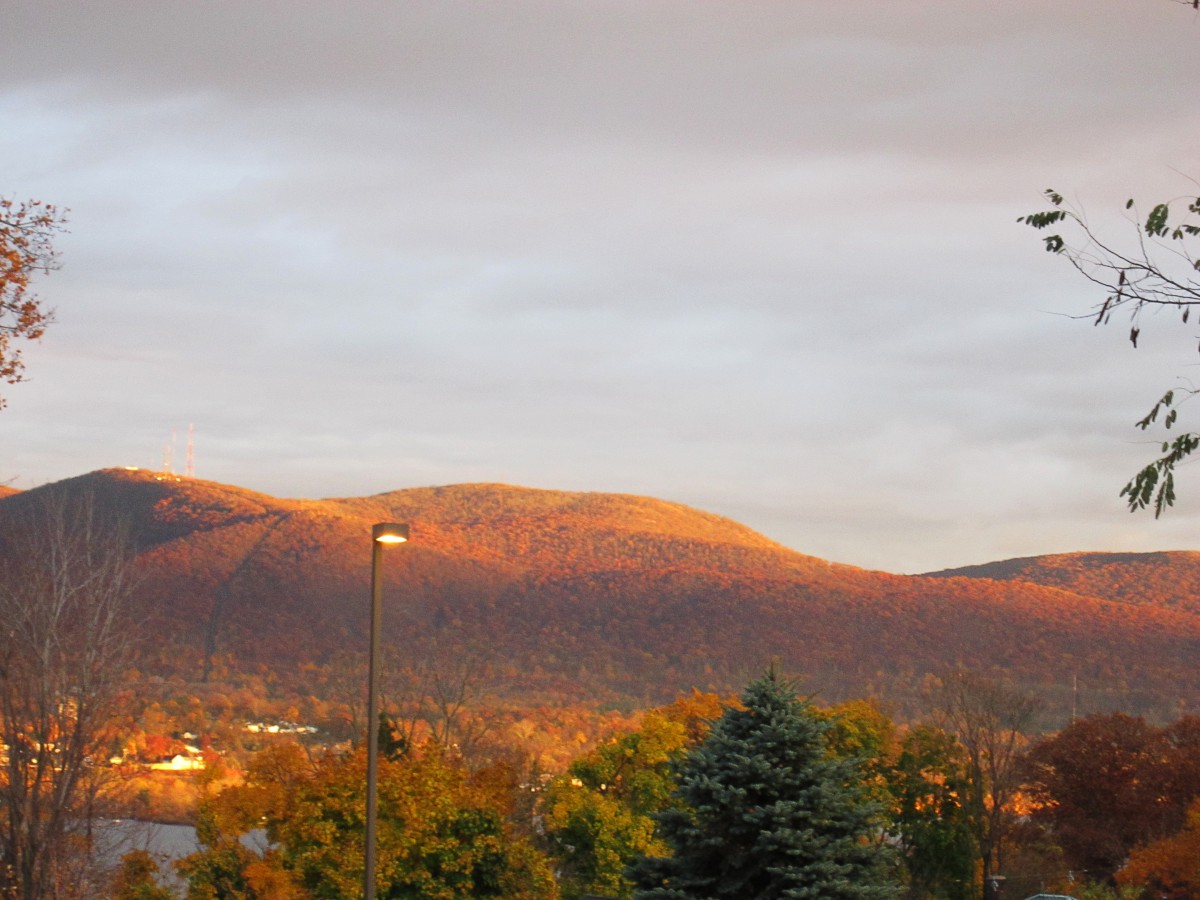


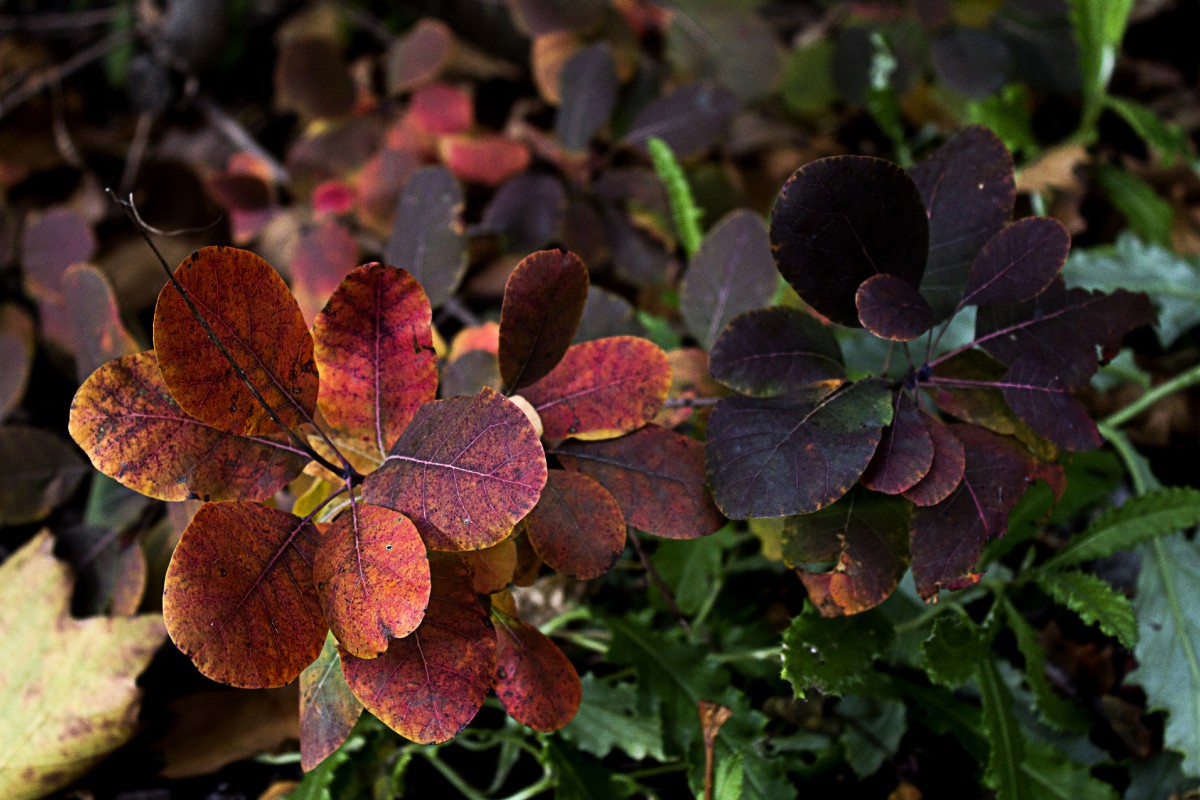
 Robin Koiner
Robin Koiner

